Lamp:
None
Reason:
An offset in the diesel particulate filter differential pressure sensor reading has been detected.
Effect:
Possible reduced engine performance.
Circuit Description:
The Engine Control Module (ECM) provides a 5 volt supply to the aftertreatment diesel particulate filter differential pressure sensor on the sensor supply circuit. The ECM also provides a ground on the sensor return circuit. The aftertreatment diesel particulate filter differential pressure sensor provides a signal to the ECM on the aftertreatment diesel particulate filter differential pressure sensor signal circuit. This sensor signal voltage changes, based on the differential pressure across the aftertreatment diesel particulate filter.
Component Location:
The aftertreatment diesel particulate filter differential pressure sensor is mounted on the diesel particulate filter. It is a combination sensor that detects both diesel particulate filter differential pressure and outlet pressure.
Conditions for Running the Diagnostics:
This diagnostic consists of two parts:
1. One part runs when the keyswitch is initially turned ON before the engine is started.
2. The second part runs continuously while the engine is running.
Conditions for Setting the Fault Codes:
The Engine Control Module (ECM) detected the aftertreatment diesel particulate filter differential pressure was greater than 1.5 kpa [0.44 in HG] at initial key ON, or is not changing with engine conditions.
Action Taken When the Fault Code is Active:
1. The ECM illuminates the amber check engine lamp and/or Malfunction Indicator Lamp (MIL) after the diagnostic fails on two consecutive trips.
2. A default value of the aftertreatment diesel particulate filter differential pressure is used.
3. Diesel exhaust fluid injection into the aftertreatment system is disabled.
4. Active and stationary regeneration of the diesel particulate filter will be disabled.
5. Exhaust gas recirculation (EGR) valve operation will be disabled.
6. Engine torque will be reduced if the engine is operated for an extended period of time with this fault active.
Conditions for Clearing the Fault Code:
1. To validate the repair using a diagnostic road test, utilize a route that incorporates both stop and go city type driving and steady state highway type driving. It may be necessary to load the unit for certain diagnostics in the ECM to run.
2. To validate the repair using a chassis dynamometer, utilize a routine that incorporates acceleration and motoring events, steady state highway type operation, and load. This will simulate normal driving and allow the diagnostics in the ECM to run.
3. Turn the key switch OFF and allow the ECM to completely power down.
4. To validate the repair, perform a key cycle and leave the key in the ON position for 2 minutes. Then start the engine and let it idle for 1 minute.
5. The fault code status displayed by the diagnostic tool will change to inactive immediately after the diagnostic runs and passes.
6. The ECM will turn off the amber check engine lamp immediately after the diagnostic runs and passes.
7. For On-Board Diagnostics (OBD) engines, the ECM will extinguish the Malfunction Indicator Lamp (MIL) after three consecutive trips where the diagnostic runs and passes.
8. The reset all faults command in the diagnostic tool can be used to clear active and inactive faults, as well as extinguish the MIL for OBD applications.
Shop Talk:
Possible causes of this fault code include:
1. Stuck in-range aftertreatment diesel particulate filter differential pressure sensor reading.
2. High resistance in the aftertreatment diesel particulate filter differential pressure sensor signal or return wires.
3. Disconnected or damaged aftertreatment diesel particulate filter differential pressure sensor tubes.
4. Plugged aftertreatment differential pressure sensor ports could cause this fault code if pressure is held in the port after the engine is turned off.
5. Frozen, plugged, or restricted aftertreatment DPF differential pressure sensor tubes.


 AGCO
AGCO ALLISON
ALLISON BENDIX
BENDIX BOBCAT
BOBCAT CAT
CAT CLAAS
CLAAS CNH
CNH DAF
DAF DETROIT
DETROIT EATON
EATON FREIGHTLINER
FREIGHTLINER HINO
HINO HITACHI
HITACHI ISUZU
ISUZU JCB
JCB JOHN DEERE
JOHN DEERE JPRO
JPRO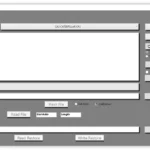 MAGIC TUNER
MAGIC TUNER MAN
MAN Navistar
Navistar PACCAR
PACCAR PERKINS
PERKINS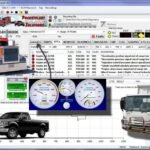 PF DIAGNOSE
PF DIAGNOSE PSI POWERLINK
PSI POWERLINK RENAULT
RENAULT SCANIA
SCANIA THERMO KING
THERMO KING UD NISSAN
UD NISSAN VOLVO
VOLVO WABCO
WABCO ZF TESTMAN
ZF TESTMAN
 BELL
BELL BENDIX
BENDIX BOBCAT
BOBCAT CARRIE
CARRIE DAF
DAF DETROIT
DETROIT EATON
EATON FUSO
FUSO MACK
MACK
 Cumminz
Cumminz ISB4.5 CM2150
ISB4.5 CM2150 All Engines (2017 Emissions)
All Engines (2017 Emissions) PACCAR
PACCAR
![JCB Service Master 4 Diagnostic Software is a powerful tool for professionals in the automotive and heavy machinery industry. With its easy-to-use interface, it provides a wide range of diagnostic and calibration functions for JCB machinery and engines. From construction to agricultural equipment, this software supports various JCB models, ensuring optimal performance and safety. It also offers programming capabilities and a language editing tool. Maximize your diagnostic efficiency and reliability with JCB Service Master 4 v21.4.2 [05.2021] from ecmtrucks.com.](https://ecmtrucks.com/wp-content/uploads/2024/01/JCB-servicemaster-4-300x243.webp)
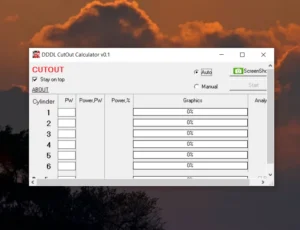
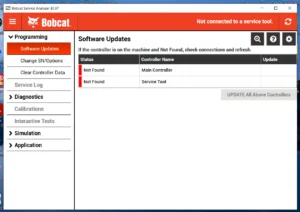


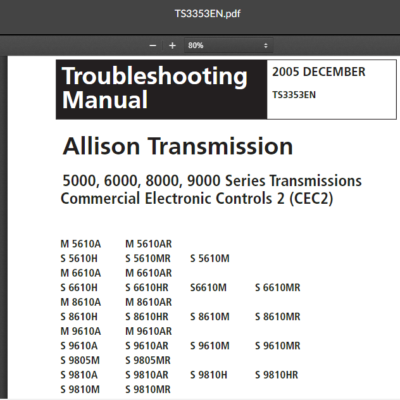
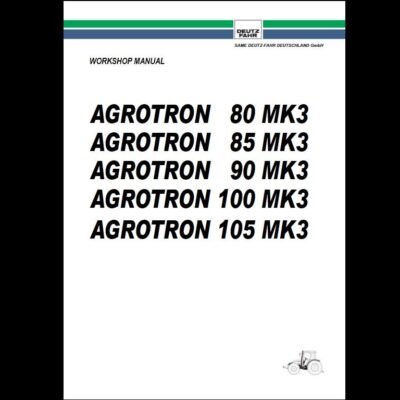


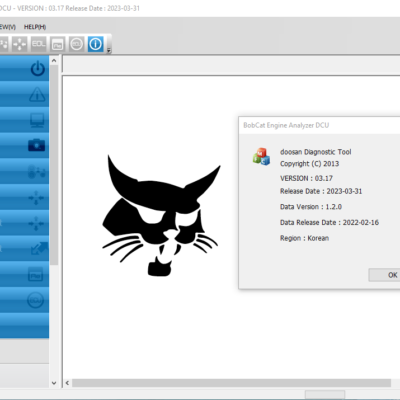
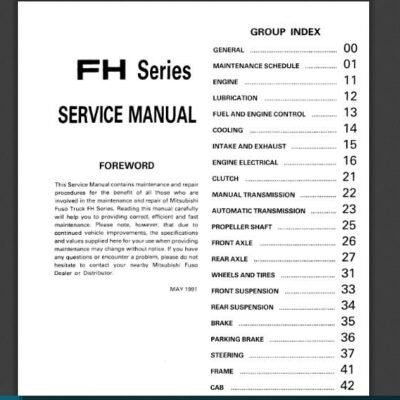
![The Hitachi Construction Machinery MPDr Ver 3.7.0.0 [10.2020] Diagnostic Software optimizes operations in heavy construction machinery. With advanced diagnostics, seamless integration with Hitachi equipment, and a focus on efficiency and productivity, it enhances performance in the industry. Trust the reliability of Hitachi Construction Machinery for this powerful software solution. Learn more about its features, benefits, and how it can benefit your operations at ecmtrucks.com. Increase efficiency with Hitachi Construction Machinery MPDr Ver 3 7 0 0.](https://ecmtrucks.com/wp-content/uploads/2024/01/MPDR-3.7.00-400x400.webp)


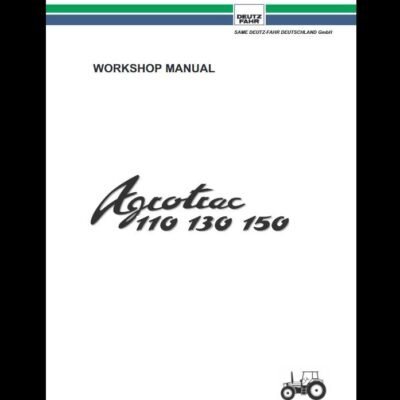
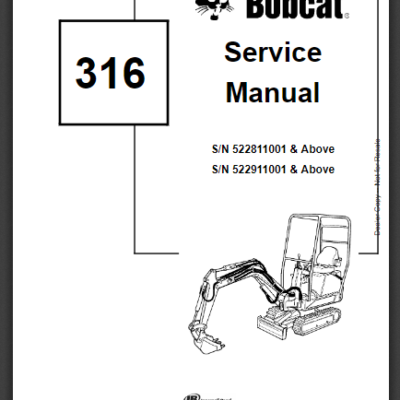
Reviews
Clear filtersThere are no reviews yet.